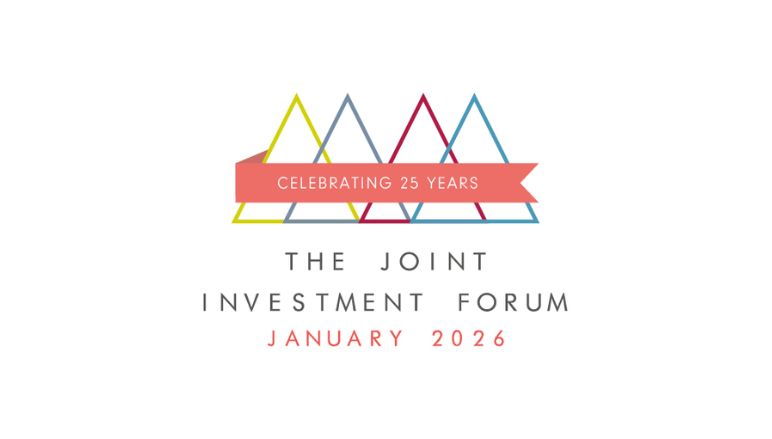The Bank of England cut its key interest rate by 25 basis points to 5% at its August rate-setting meeting. The members of the nine-strong Monetary Policy Committee voted by a narrow margin of five to four in favour of cutting rates for the first time since March 2020.
- First cut in UK rates for over four years
- The BoE upgraded its forecast for GDP growth in 2024
- Further cuts appear unlikely in the short term
“We need to be careful not to cut interest rates too much or too quickly” (BoE Governor Andrew Bailey)
The Bank of England (BoE) cut its key interest rate by 25 basis points to 5% at its August rate-setting meeting. The members of the nine-strong Monetary Policy Committee voted by a narrow margin of five to four in favour of cutting rates for the first time since March 2020.
The annualised rate of UK consumer price inflation has remained at the BoE’s government-set target of 2% for two consecutive months; however, inflation in the services sector has continued to be persistently strong. Looking ahead, central bank officials expect the rate of CPI inflation to rise to around 2.75% later this year. The BoE raised its economic growth forecast for 2024 from 0.5% to 1.25%; nevertheless, although GDP growth has recently picked up, the BoE warned that underlying momentum appeared to be weaker.
Further monetary easing appears unlikely in the short term. BoE Governor Andrew Bailey warned: “We need to be careful not to cut interest rates too much or too quickly”, citing persistently sticky services price inflation and “elevated” domestic inflationary pressures.
Business groups’ reaction to the rate cut was cautiously positive. The Confederation of British Industry hailed “the start of a rate-cutting cycle” but warned that “the pace of this is now more uncertain”; meanwhile, the British Chambers of Commerce said the move “gives many smaller firms welcome breathing space and could trigger an increase in investment”.


















